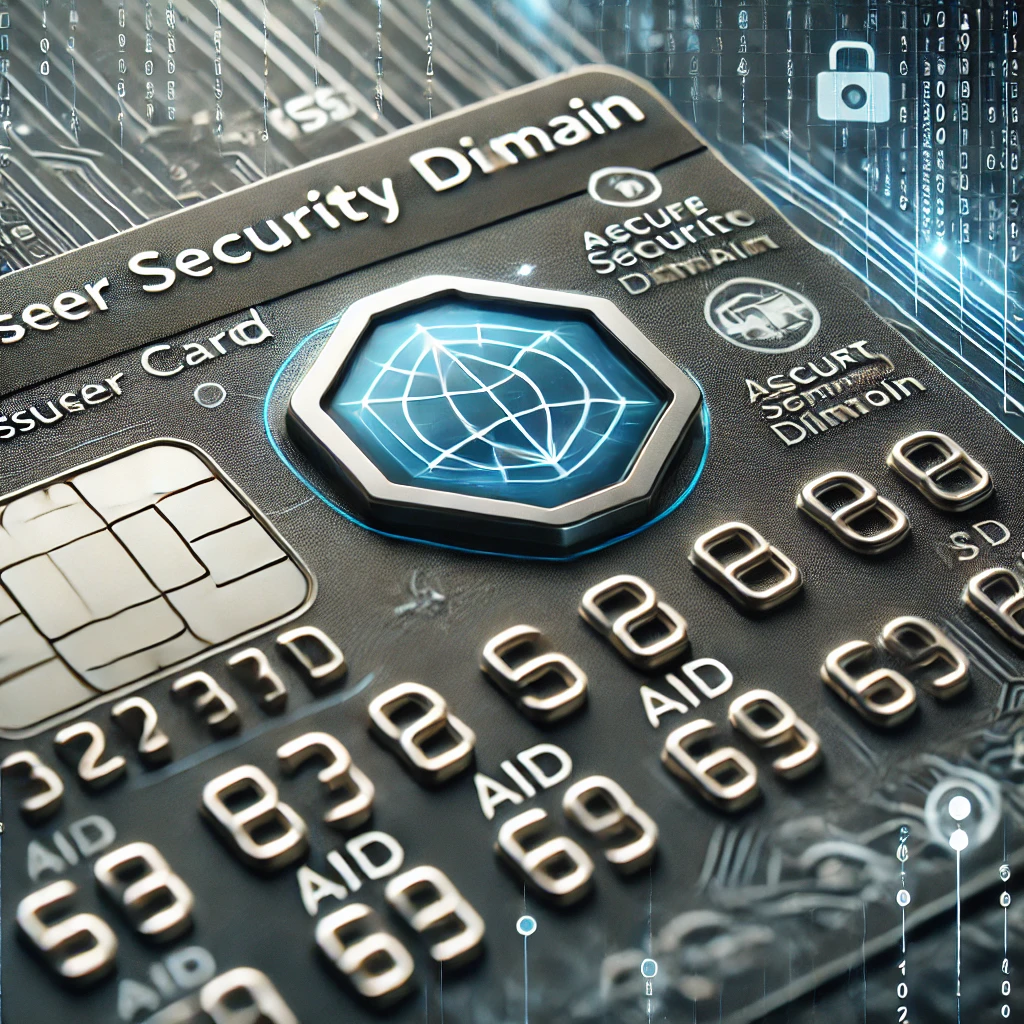What we know about ISD AID

In the context of JavaCard technology, ISD AID refers to the Issuer Security Domain Application Identifier.
Key Concepts:
- JavaCard:
- JavaCard is a technology that allows Java-based applications (applets) to run on smart cards and similar secure devices. It provides a secure environment where applets can be executed securely, and it typically includes functionalities like cryptographic operations, secure storage, and communication protocols.
- AID (Application Identifier):
- An AID is a unique identifier used to distinguish different applications (or applets) on a smart card. It's a sequence of bytes that uniquely identifies an applet on the JavaCard platform.
- ISD (Issuer Security Domain):
- The Issuer Security Domain is a special applet on a JavaCard that acts as the security anchor for the card issuer. It is responsible for managing keys, loading and managing applets, and securing communications. The ISD essentially represents the card issuer's control over the card.
- ISD AID:
- The ISD AID is the Application Identifier specifically assigned to the Issuer Security Domain. This AID uniquely identifies the ISD on the card and is used to route commands and manage applets securely within the JavaCard environment.
Functions of the ISD:
- App Management: The ISD manages the lifecycle of applets on the JavaCard, including their installation, deletion, and personalization.
- Security Management: The ISD handles the security operations of the card, such as cryptographic key management, secure messaging, and access control.
- Communication Gateway: The ISD facilitates secure communication between the card issuer and the JavaCard, ensuring that commands are authenticated and authorized.
Importance of ISD AID:
The ISD AID is crucial because it's how the card issuer and external systems can interact with and manage the JavaCard's security domain. When deploying or managing applets, the ISD AID is used to target the ISD for specific commands, ensuring that only authorized operations are performed.
In summary, the ISD AID in JavaCard technology is the unique identifier of the Issuer Security Domain, which is central to managing the security and application lifecycle on the card.



Recent Comments